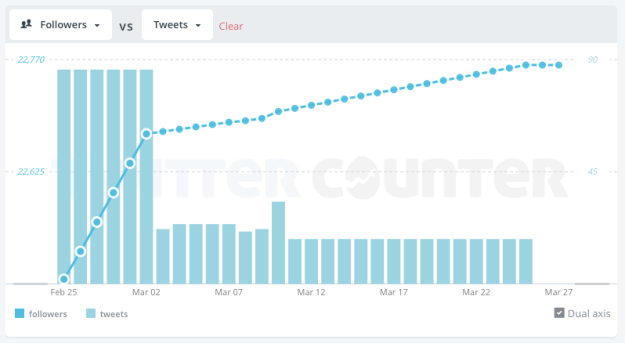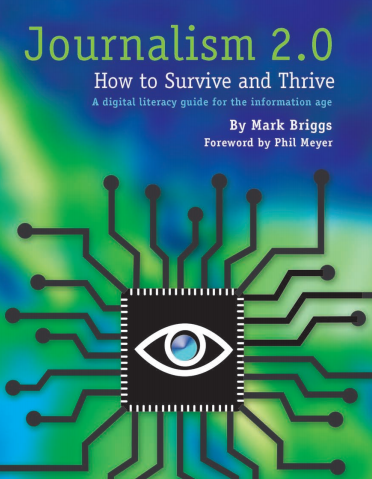Most research on news consumption annoys me. Most research on news consumption – like Pew’s State of the News Media – relies on surveys of people self-reporting how they consume news. But surveys can only answer the questions that they ask. And as any journalist with a decent bullshit detector should know: the problem is people misremember, people forget, and people lie.
The most interesting news consumption research uses ethnography: this involves watching people and measuring what they actually do – not what they say they do. To this end AP’s 2008 report A New Model for News is still one of the most insightful pieces of research into news consumption you’ll ever read – because it picks out details like the role that email and desktop widgets play, or the reasons why people check the news in the first place (they’re bored at work, for example).
Now six years on two Dutch researchers have published a paper summarising various pieces of ethnographic and interview-based consumption research (£) over the last decade – providing some genuine insights into just how varied news ‘consumption’ actually is.
Irene Costera Meijer and Tim Groot Kormelink‘s focus is not on what medium people use, or when they use it, but rather on how engaged people are with the news.
To do this they have identified 16 different news consumption practices which they give the following very specific names:
- Reading
- Watching
- Viewing
- Listening
- Checking
- Snacking
- Scanning
- Monitoring
- Searching
- Clicking
- Linking
- Sharing
- Liking
- Recommending
- Commenting
- Voting
Below is my attempt to summarise those activities, why they’re important for journalists and publishers, and the key issues they raise for the way that we publish. Continue reading →







